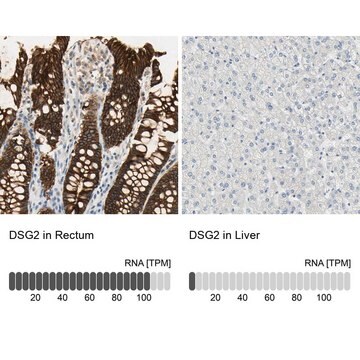X100
Triton™ X-100
laboratory grade
Synonym(s):
t-Octylphenoxypolyethoxyethanol, Polyethylene glycol tert-octylphenyl ether
About This Item
Recommended Products
biological source
synthetic
Quality Level
grade
laboratory grade
description
non-ionic
form
liquid
mol wt
micellar avg mol wt 80,000
average mol wt 625
aggregation number
100-155
CMC
0.2-0.9 mM (20-25°C)
mp
6 °C (43 °F)
transition temp
cloud point 65 °C
pour point ~7 °C
solubility
water: 0.1 mL/mL, clear to slightly hazy, colorless to faintly yellow
HLB
13.5
SMILES string
CC(C)(C)CC(C)(C)c1ccc(OCCOCCOCCOCCOCCOCCOCCO)cc1
InChI
1S/C28H50O8/c1-27(2,3)24-28(4,5)25-6-8-26(9-7-25)36-23-22-35-21-20-34-19-18-33-17-16-32-15-14-31-13-12-30-11-10-29/h6-9,29H,10-24H2,1-5H3
InChI key
HNLXNOZHXNSSPN-UHFFFAOYSA-N
Looking for similar products? Visit Product Comparison Guide
General description
Application
- In the permeabilization of cells for immunofluorescence staining
- As a component of lysis buffer in western blot analysis
- As a component of Tris-buffered saline for the preparation of cell sections in Immunogold labelling for electron microscope
Biochem/physiol Actions
Features and Benefits
- Ideal for Cell Biology and Biochemical research applications
- Non-ionic nondenaturing detergent
- Superior wetting agent and emulsifier
- Highly versatile surfactant
Other Notes
Legal Information
also commonly purchased with this product
comparable product
signalword
Danger
hcodes
Hazard Classifications
Acute Tox. 4 Oral - Aquatic Acute 1 - Aquatic Chronic 1 - Eye Dam. 1 - Skin Irrit. 2
Storage Class
10 - Combustible liquids
wgk_germany
WGK 3
flash_point_f
483.8 °F - closed cup
flash_point_c
251 °C - closed cup
ppe
Eyeshields, Faceshields, Gloves, type ABEK (EN14387) respirator filter, type N95 (US)
Choose from one of the most recent versions:
Already Own This Product?
Find documentation for the products that you have recently purchased in the Document Library.
Customers Also Viewed
Articles
The liver excretes excess cholesterol in the form of bile acids. Bile acids serve two purposes: to remove unwanted cholesterol from the body and to aid in lipid digestion in the intestine.
Protocols
To determine the molecular weights of protein antigens, to study protein/protein interactions, to determine specific enzymatic activity, to monitor protein post-translational modifications and to determine the presence and quantity of proteins.
Our team of scientists has experience in all areas of research including Life Science, Material Science, Chemical Synthesis, Chromatography, Analytical and many others.
Contact Technical Service










